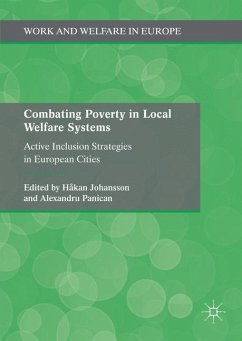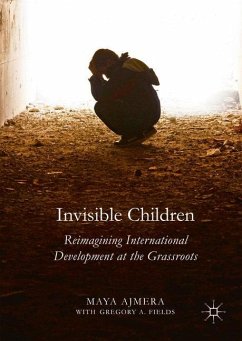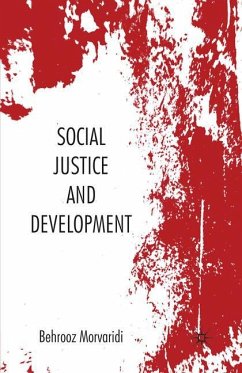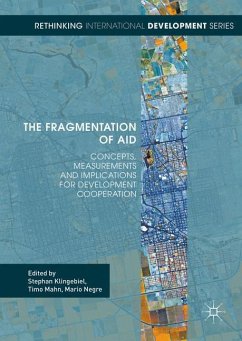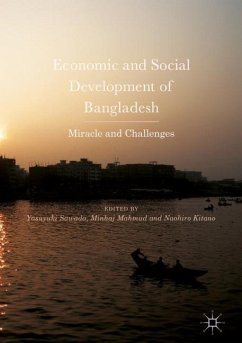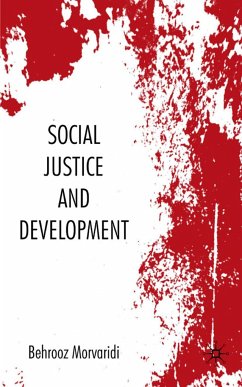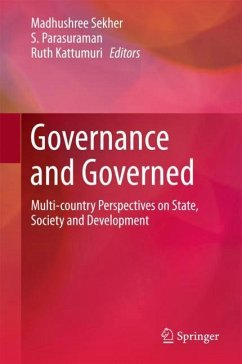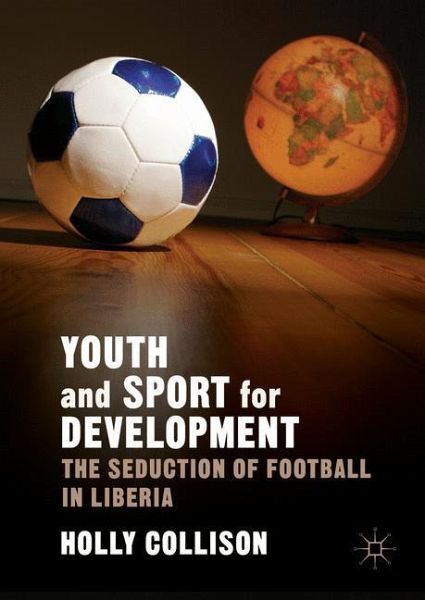
Youth and Sport for Development
The Seduction of Football in Liberia

PAYBACK Punkte
19 °P sammeln!
Processes of development concerning reconciliation,rehabilitation and peace-building have become a central theme for globalorganizations tasked with intervening in broken and divided societies afterviolent conflicts. What can reunite populations divided by war and violencewhilst attempting to build a peaceful civil society? This book considers theimpact and value of sport, notably football, towards achieving this goal. Using extensive fieldworkfrom Liberia, Collison highlights the multiple and diverse stakeholders andactors aligning themselves with 'Sport for Development and Peace'intervention...
Processes of development concerning reconciliation,rehabilitation and peace-building have become a central theme for globalorganizations tasked with intervening in broken and divided societies afterviolent conflicts. What can reunite populations divided by war and violencewhilst attempting to build a peaceful civil society? This book considers theimpact and value of sport, notably football, towards achieving this goal.
Using extensive fieldworkfrom Liberia, Collison highlights the multiple and diverse stakeholders andactors aligning themselves with 'Sport for Development and Peace'interventions. By unpacking and conceptualising the ambiguous terminology,complex social effects and the lived experience of SDP, this book draw uponparticipant voices and the author's own lived experience within SDP to gainsymbolic understandings of culture, identity and the formal and informal socialstructures in which participants and interventionsoperate.
Collisonidentifies that SDP has become fashionable withindevelopment agendas but it remains an aspirational image, a notion ofseduction, rather than a tested method of reintegration and youth developmentin post-conflict environments. Youth and Sport for Development questionsthe assumptions of SDP rhetoric and programs, and traces the effects offootball - the favoured vehicle of SDP- on youth in post-conflict Liberia.Examining three core themes: post-conflict development, youth and community,this book centralises the narratives of young football players in Liberia andwill appeal to scholars across Anthropology, Sociology, Sports Studies,Politics and Development.
Using extensive fieldworkfrom Liberia, Collison highlights the multiple and diverse stakeholders andactors aligning themselves with 'Sport for Development and Peace'interventions. By unpacking and conceptualising the ambiguous terminology,complex social effects and the lived experience of SDP, this book draw uponparticipant voices and the author's own lived experience within SDP to gainsymbolic understandings of culture, identity and the formal and informal socialstructures in which participants and interventionsoperate.
Collisonidentifies that SDP has become fashionable withindevelopment agendas but it remains an aspirational image, a notion ofseduction, rather than a tested method of reintegration and youth developmentin post-conflict environments. Youth and Sport for Development questionsthe assumptions of SDP rhetoric and programs, and traces the effects offootball - the favoured vehicle of SDP- on youth in post-conflict Liberia.Examining three core themes: post-conflict development, youth and community,this book centralises the narratives of young football players in Liberia andwill appeal to scholars across Anthropology, Sociology, Sports Studies,Politics and Development.





